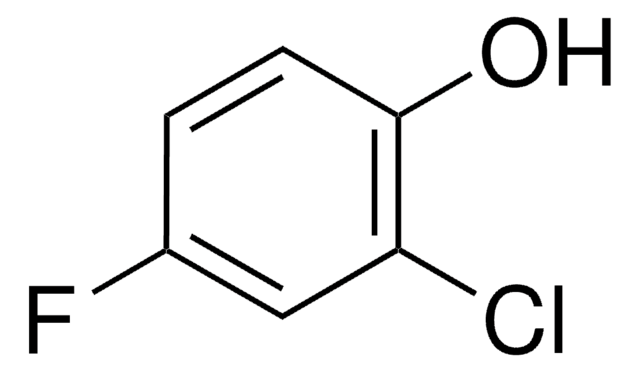推薦產品
化驗
98%
SMILES 字串
Cl[H].Cl[H].CCN(CC)CCCC(C)Nc1c2ccc(Cl)cc2nc3ccc(OC)cc13
InChI
1S/C23H30ClN3O.2ClH/c1-5-27(6-2)13-7-8-16(3)25-23-19-11-9-17(24)14-22(19)26-21-12-10-18(28-4)15-20(21)23;;/h9-12,14-16H,5-8,13H2,1-4H3,(H,25,26);2*1H
InChI 密鑰
UDKVBVICMUEIKS-UHFFFAOYSA-N
尋找類似的產品? 前往 產品比較指南
生化/生理作用
非选择性 MAO-A/B 抑制剂。
訊號詞
Warning
危險聲明
危險分類
Acute Tox. 4 Oral
儲存類別代碼
11 - Combustible Solids
水污染物質分類(WGK)
WGK 3
個人防護裝備
dust mask type N95 (US), Eyeshields, Gloves
Vitaliy Kasymov et al.
The Journal of neuroscience : the official journal of the Society for Neuroscience, 33(2), 435-441 (2013-01-11)
Astrocytes might function as brain interoceptors capable of detecting different (chemo)sensory modalities and transmitting sensory information to the relevant neural networks controlling vital functions. For example, astrocytes that reside near the ventral surface of the brainstem (central respiratory chemosensitive area)
Ranjan Preet et al.
Carcinogenesis, 34(2), 277-286 (2012-11-07)
We previously reported that quinacrine (QC) has anticancer activity against breast cancer cells. Here, we examine the mechanism of action of QC and its ability to inhibit Wnt-TCF signaling in two independent breast cancer cell lines. QC altered Wnt-TCF signaling
Jifeng Bian et al.
Proceedings of the National Academy of Sciences of the United States of America, 111(16), 6028-6033 (2014-04-09)
Quinacrine's ability to reduce levels of pathogenic prion protein (PrP(Sc)) in mouse cells infected with experimentally adapted prions led to several unsuccessful clinical studies in patients with prion diseases, a 10-y investment to understand its mechanism of action, and the
Tingting Gu et al.
Biosensors & bioelectronics, 33(1), 222-227 (2012-02-07)
A novel strategy of amperometric assay for drug-dsDNA interactions was developed based on an inhibitory effect of antimararial drug (quinacrine) on an electrocatalytic activity of DNA-Cu(II) complex. In this method, a DNA-Cu(II) complex immobilized DNA/polyallylamine(PAA) polyion complex membrane was used
Misol Ahn et al.
PloS one, 7(7), e39112-e39112 (2012-07-07)
The lipophilic cationic compound quinacrine has been used as an antimalarial drug for over 75 years but its pharmacokinetic profile is limited. Here, we report on the pharmacokinetic properties of quinacrine in mice. Following an oral dose of 40 mg/kg/day
我們的科學家團隊在所有研究領域都有豐富的經驗,包括生命科學、材料科學、化學合成、色譜、分析等.
聯絡技術服務








